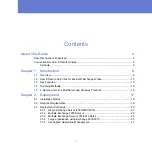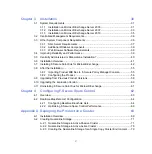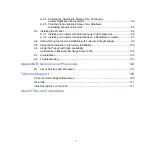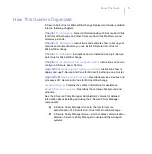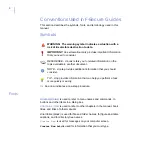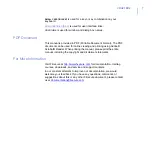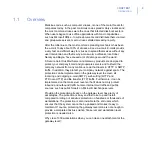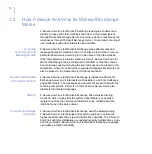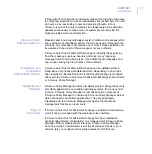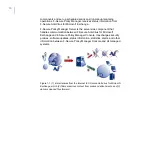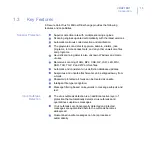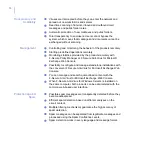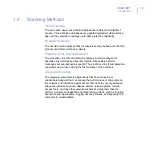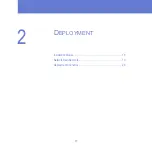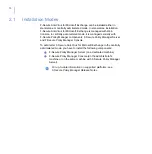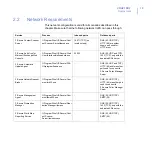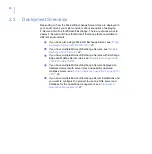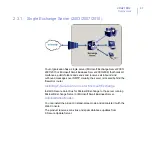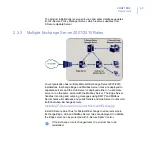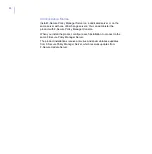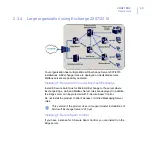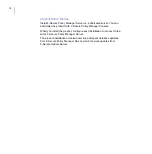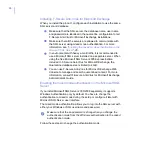
CHAPTER 1
15
Introduction
1.4
Scanning Methods
Virus Scanning
The virus scan uses virus definition databases to detect and disinfect
viruses. Virus definition databases are updated typically multiple times a
day and they provide an always up-to-date protection capability.
Heuristic Scanning
The heuristic scan analyzes files for suspicious code behavior so that the
product can detect unknown malware.
Proactive Virus Threat Detection
The proactive virus threat detection analyzes e-mail messages for
possible virus patterns and security threats. All possibly harmful
messages are quarantined as unsafe. The proactive virus threat detection
can detect new viruses during the first minutes of the outbreak.
Grayware Scanning
The grayware scan detects applications that have annoying or
undesirable behavior that can reduce the performance of computers on
the network and introduce significant security risks to your organization.
Grayware includes spyware, adware, dialers, joke programs, remote
access tools, and any other unwelcome files and programs that can
perform a variety of undesired and threatening actions, such as irritating
users with pop-up windows, logging user key strokes, and exposing the
computer to vulnerabilities.
Summary of Contents for ANTI-VIRUS FOR MICROSOFT EXCHANGE 9.00
Page 1: ...F Secure Anti Virus for Microsoft Exchange Deployment Guide...
Page 6: ...4 ABOUT THIS GUIDE How This Guide Is Organized 5 Conventions Used in F Secure Guides 6...
Page 19: ...17 2 DEPLOYMENT Installation Modes 18 Network Requirements 19 Deployment Scenarios 20...
Page 64: ...62 4 CONFIGURING F SECURE SPAM CONTROL Overview 63 Realtime Blackhole List Configuration 64...
Page 106: ...104 B APPENDIX Services and Processes List of Services and Processes 105...
Page 115: ......

